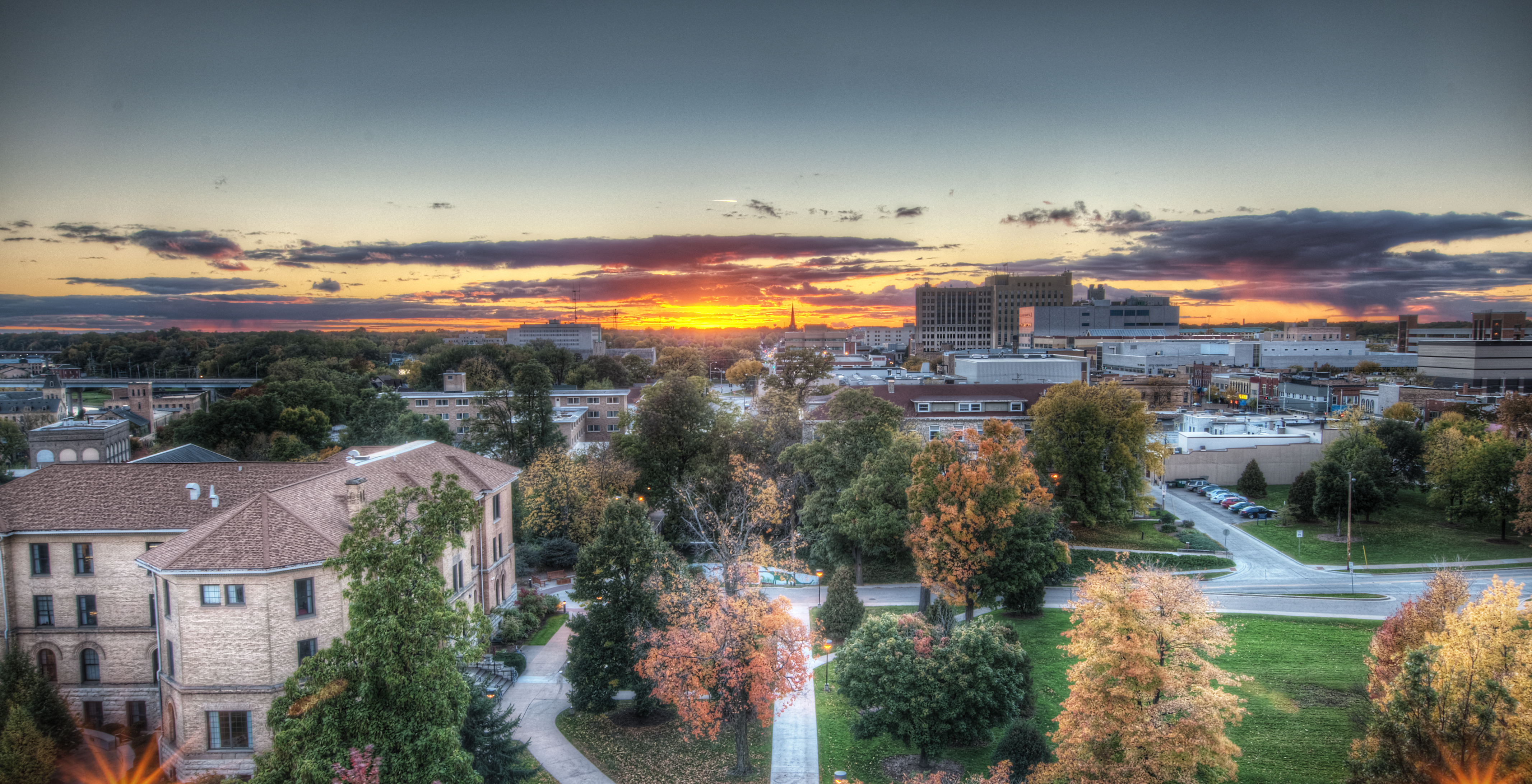 The Kenosha streetcar crossing 6th Avenue. Photo by Colin Murphy
The Kenosha streetcar crossing 6th Avenue. Photo by Colin Murphy
Officials and residents of Kenosha County, in partnership with Downtown Kenosha, met with representatives from Smart Growth America on May 6 and 7, 2014 as part of a free, grant-funded technical assistance program. The workshop provided the City with tools and strategies to develop a Complete Streets policy in line with the City’s Downtown Strategic Development Plan, which forms the basis of efforts to revitalize Kenosha’s downtown. A Complete Streets policy will help the City plan and design its streets to be safe, comfortable and convenient for people of all ages and abilities, whether they are walking, bicycling, driving, or hopping on public transportation.
“Development of a Complete Streets policy will strengthen our commitment to being a healthy and safe community with a strong quality of life, and to welcome people by all modes of travel,” said Kenosha County Executive Jim Kreuser. “Improving connectivity to Downtown Kenosha is an essential step toward implementation of the Downtown Strategic Development Plan. We are excited to partner with Smart Growth America and look forward to opportunities to make our downtown accessible to everyone.”
On the workshop’s first day, residents gathered for an introductory presentation that provided an overview of the benefits of Complete Streets and the policies that support them. The next day was an all-day workshop where key stakeholders met with instructors from the National Complete Streets Coalition to discuss the various types of Complete Streets policies, what the right approach could be for Kenosha, and how Kenosha can move forward with developing its own Complete Streets policy.






